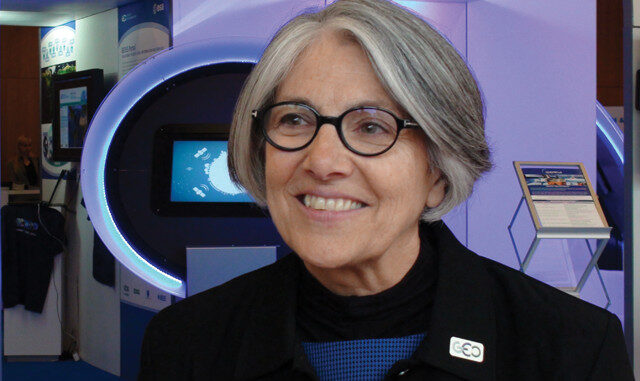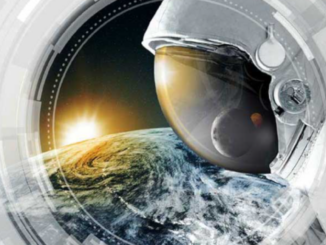
Barbara Ryan to continue discussions held at the UN on research findings
In late 2019, Barbara Ryan, executive director of the World Geospatial Industry Council (WGIC), started tracking and mapping three greenhouse gasses from space.
This work was done with Al Gore’s Climate TRACE initiative and another group, with a report being released in October 2021. The findings from the report were then presented to the United Nations.
While most of the policy recommendations were for governments, Ryan says a lot can be translated for those in the private sector.
“The reports got a series of policy recommendations mostly for governments. And so, for the public sector people that are GeoIgnite, those messages will still be apropos, and those will work. For the private sector folks, what I’m hoping to communicate is that there are a lot of capabilities that exist on the private sector side of organizations. And right now, they don’t have a voice in the Conference of the Parties. So, I’d like to generate some interest in energy for private sector companies in the audience, to say listen, you can in fact work through different mechanisms, and have some of your assets be brought to bear to kind of face this whole big issue of climate change,” said Ryan. “Our very existence is being challenged by climate change, and we got to have the institutional and personal fortitude to work together to address this issue, or the world’s going to be a very, very different place. As a geologist, [I know] the planet will survive. There’s no doubt about that. The question is, what about the living creatures on the planet? And do we just have to go to almost mass extinction before it will be brought back? Because of the effect that largely humans are having on the planet.”
In addition to that, she hopes to bring to light the need for continued investment from both the government and private sector, to aid in the fight against climate change.
“We need continued investment, both for public agencies and for the private sector, because you need assets from both. What we found is the public sector agencies are really good about collecting global data, at a relatively low resolution all over the world. But the private sector comes in with increased spatial, spectral, or temporal frequency, and the combination of those is very, very important. So financing is needed on both sides, you need mechanisms for closer partnerships, because right now, our historic partnerships are, the government’s got money, they turn around, and they contract for the private sector. But what we saw in this report, is there’s actually something emerging called a hybrid mission, where both sets of financing are coming to the table. And I think that was a surprise for many people reading the report.”
In addition to her presentation, Ryan will also be hosting a workshop on climate monitoring. She says companies which were involved in the report will come to the table and discuss their abilities to measure greenhouse gasses from space.
To register for the conference, visit www.sites.grenadine.co/sites/gogeomatics/en/geoignite-winter-geo-canada-s-national-geospatial-conference-2022/register.






Be the first to comment